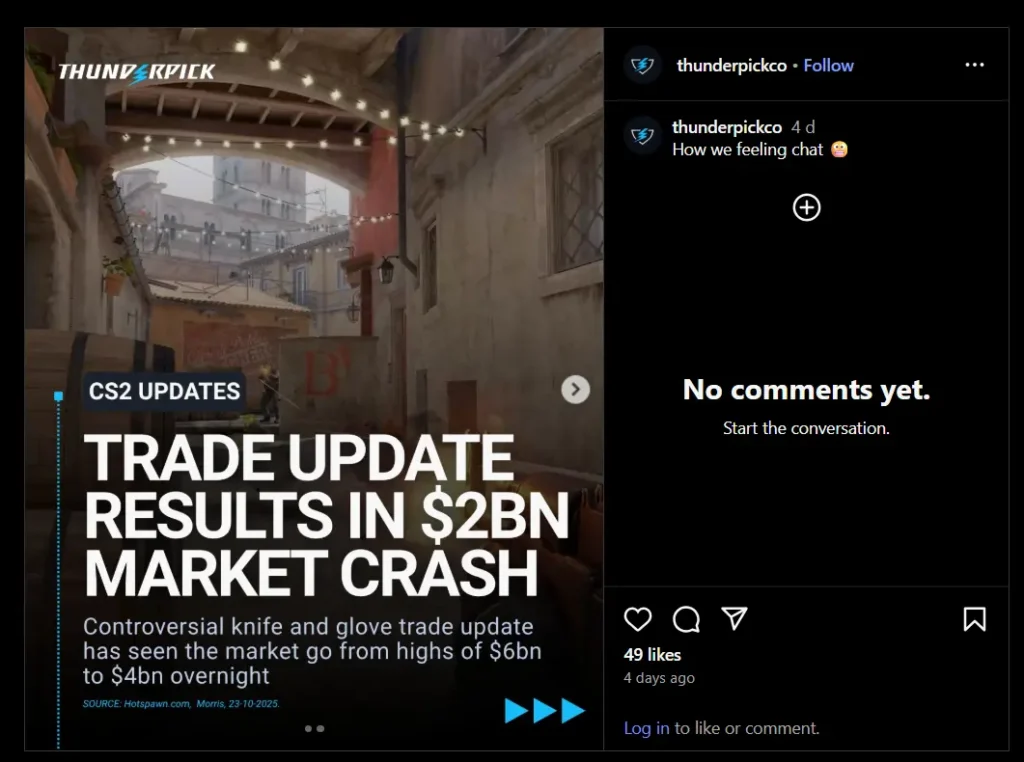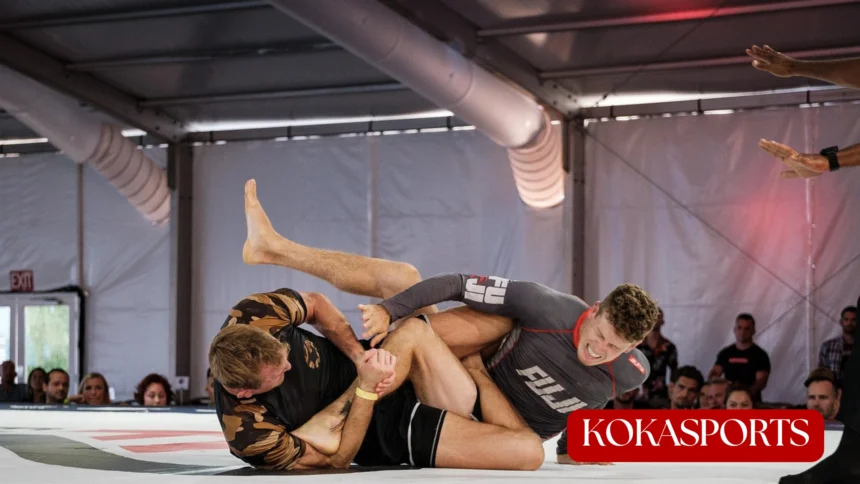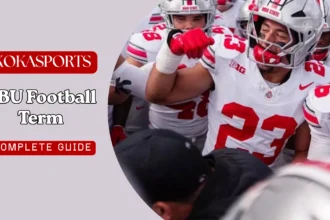Combat sports have always gone through phases of incredible popularity and quieter periods. Like many niche sports, their success often depends on the charisma and talent of standout personalities who can capture global attention. When these figures break through to mainstream audiences, they help elevate their entire sport.
In the 1980s and 1990s, Mike Tyson was one such global icon who transformed boxing into must-see entertainment. More recently, Conor McGregor did the same for the UFC, combining elite athleticism with unmatched showmanship. His ability to draw fans from beyond the MMA community helped propel mixed martial arts to an entirely new level.
This kind of global spotlight doesn’t just benefit the sport itself it inspires a ripple effect across other smaller or emerging sports, motivating fans and athletes to get involved in different ways. From merchandise and content creation to local tournaments and gym culture, the influence of combat sports extends far beyond the ring or octagon.
The Rise of Niche Sports Communities
As combat sports grew, other niche sports began to find new energy and audiences of their own. Professional video gaming, for instance, mirrors many of the dynamics seen in combat sports intense individual competition, global fanbases, and passionate online communities. The eSports section at Thunderpick explores how professional gaming has become one of the fastest-growing modern sports sectors.
While traditional sports once relied heavily on television coverage, today’s niche communities thrive through social media engagement, streaming platforms, and creative marketing. This has allowed fans to connect more directly with athletes and content, giving rise to global conversations that transcend borders.

MMA, Boxing, and Athlete Support
Within combat sports, there’s often discussion about fighter pay and sponsorship opportunities. Many journalists and fans point out how some MMA athletes are underpaid compared to their counterparts in boxing. Yet, it’s also true that top MMA fighters still make a lot of money per fight, especially as global attention and sponsorship continue to grow.
This environment has encouraged more companies and organizations to get involved, creating sponsorships, athlete partnerships, and promotional opportunities. These collaborations not only support fighters financially but also help bring more visibility to the sport as a whole.
Lessons for Other Sports
The structure and marketing approach of combat sports have inspired other athletic industries. Even smaller sports, such as darts or emerging fitness competitions, have adopted similar methods focusing on storytelling, community interaction, and athlete branding. These developments are helping fuel grassroots movements across the world, creating pathways for new athletes to rise and for fans to get involved from the ground up.
The Global Impact of Modern Sports Culture
The last decade has shown how interconnected the sporting world has become. Combat sports, eSports, and other niche activities are no longer confined to local audiences they are global phenomena, linked by online communities and a shared passion for competition.
As technology continues to blur borders and platforms innovate new ways to engage fans, niche sports are expected to keep evolving. Whether through unique marketing campaigns, digital storytelling, or athlete-driven media, the inspiration drawn from combat sports continues to ripple outward, shaping the future of global sport.




